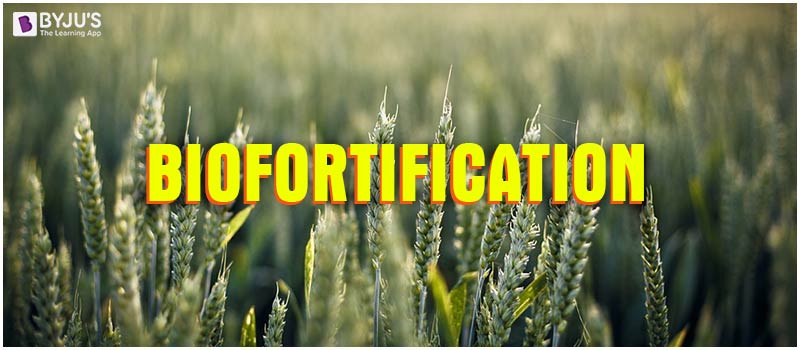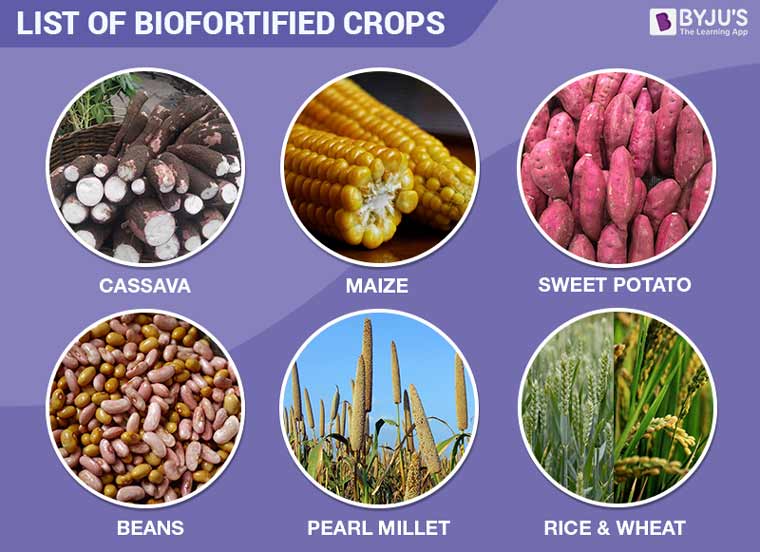
Since the beginning of the 21st century, mankind has witnessed the rise of terrorism, economic inflation, and climate change as the major threats to a healthy and peaceful life. But very few are aware of an even bigger problem of ‘hidden hunger’ lurking in the background. About half of the world’s population faces the deficiency of micronutrients, proteins, and vitamins and other essential elements in their diet.
According to the statistics of the World Health Organization (WHO), a staggering 2 billion people worldwide are suffering from anaemia and is mainly due to the deficiency of iron in their diet. This kind of deficiency has multiple detrimental effects on the population like increased risks of diseases, reduced lifespan, reduced mental abilities, etc.
Biofortification of staple food crops has emerged as a very potent solution to tackle this problem of deficiency of nutrients in developing countries where a large section of the population cannot afford enough fruits, vegetables, legumes, fish, and other food products to meet their essential nutritional requirements.
Biofortification is the process of developing micronutrients – rich food crops using the best conventional breeding practices or via genetic modification using modern biotechnology. It differs from ordinary fortification and it focuses on improving the nutrient profile of the food crop as it grows and matures instead of manually adding nutrients to the food while it is being processed.
Biofortification is a realistic and cost-effective source of conveying micronutrients to those populations who have limited access to different diets and other micronutrient interventions.
Methods of Biofortification
The methodology of Biofortification involves two principle methods:-

- Selective breeding – This is the conventional method which requires crops which have naturally occurring high nutritious value -to be crossbred with high-yielding varieties. The development of the hybrid varieties must be monitored by nutritionists to check whether the improved levels of nutrients can be used by the consumers and how these levels are affected by storage, processing, and cooking of the food crop.
- Genetic modification – Altering the genetic makeup of a crop by introducing foreign genes from the wild crop of same species or other species that code for the increased production of certain nutrients or disease resistance could make the host crop rich in nutrients and increase its quality. Alternatively, different genes which code for different nutrients can also be stacked in a crop to make it rich in a wide variety of nutrients. One of the most glorious examples is that of golden rice which has been enriched with beta-carotene, a precursor of Vitamin A.
Some of the prominent biofortification projects around the world include

- Iron-bio fortification of rice, beans, cassava, legumes and sweet potato.
- Zinc-bio fortification of rice, beans, maize sweet potato, and wheat.
- Provitamin A carotenoid-bio fortification of cassava, maize, and sweet potato
- Amino acid and protein-bio fortification of cassava and sorghum.
Stay tuned with BYJU’S to learn more about biofortification.
Related Links
|
Food |
|
Proteins |
|
Nutrients |

Comments